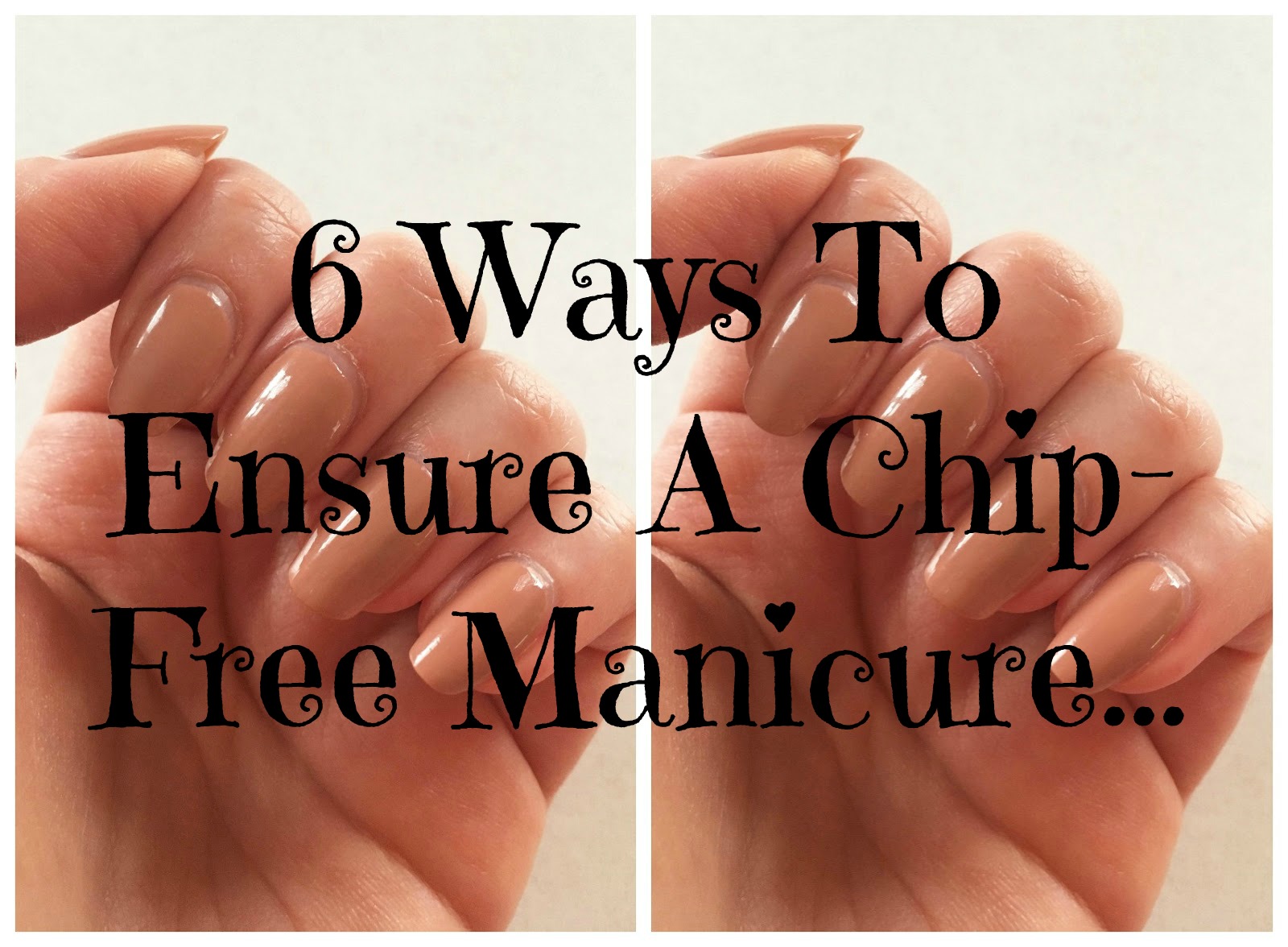We've all been there - you spend a while on painting and perfecting your nail paint job, only for it to chip before you've even had a chance to properly show them off. Sometimes, it's perhaps inevitable - such as if you have a very manual job that requires you to be very hands-on - but more often than not, with just a few added in, extra steps, you can almost prevent it from happening in the first place. As most of you probably already know, I've always been pretty interested in nails but as of last year, I became a proper qualified Nail Technician and so I feel I am in a good position to give out advice and recommendations in terms of your talons so here goes...
- GOOD PREPARATION - I really believe that part of a good manicure comes in keeping on top of your nails well in the first place. You want to keep things hydrated (more on that kinda stuff later too), regularly trimmed, filed and shaped and also gently buffed and smoothed out every so often too. This will ensure your nails are in the best shape possible before you even think about lacquering them up with colour. Polish is way more likely to adhere well to a good base where the nail plate is nice and smooth, the cuticles are all pushed back and trimmed - that kinda thang.
- SANITISE BEFOREHAND - Personally, while some like to start off with a base coat, nowadays I have a different method that I find to work a little better in terms of aiding the application - and most importantly, longevity - of your nail paint job. When I was on my Nail Technician Course, I learnt the vital step to wipe over the nail plates with a lint-free pad and some sanitiser before beginning any application of the main nail systems (such as Acrylic, Gel and Gel Polish etc...) and I've actually found that this works just as well for 'normal' nail polish too. While it is essential to keep your hands and nails hydrated, when actually applying polish it is super important to make sure there is no oily residue on the nail plate as this will only serve to make the polish flake and chip far quicker.
- EVEN APPLICATION - When it comes to actually applying the polish in general, I'd say the best tip is to simply ensure things are Even Stevens. Make sure you're lacquering things on smoothly - in two (or possibly even three) thin coats - to build up the colour gradually and ensure an even finish that's way more inclined to last the distance.
- CAP THE FREE EDGE! - Now, this is probably the one major tip I learnt along the way of training to become a Nail Tech the most - cap the darn free edge! I never used to personally do this whenever I'd paint my own nails, but once I got into the habit of doing it professionally, I soon became aware of how vital it was when I was simply lacquering up my own talons too. By 'capping the free edge' I mean running the nail polish brush along the tip of your nail after applying your coat of polish as usual to 'seal' everything in and make it far less likely that things will wear away and chip off. Trust me, it makes a massive difference.
- TOP THINGS OFF - Although I admitted that 'traditional' base coats aren't so much of my thing right now, I am still very much a fan of a good ol' top coat for topping things off and helping to ensure things stay chip-free for longer. Not only that, it helps add extra shine and gloss and just make your nails look properly 'finished' and extra pretty - and who doesn't want that, eh?
- KEEP THINGS HYDRATED - Finally - remember how at the start of this post I said how important it is to keep things well-moisturised, as part of 'prepping' your nails for lacquering them up? Well, it is just as essential to do so afterwards, as means of 'maintenance' too. Keeping your whole hand department in general hydrated and topped up in terms of moisture is vital for ensuring things stay in good condition and good shape.










No comments:
Post a Comment